Old Growth Forests Require Immediate Protection
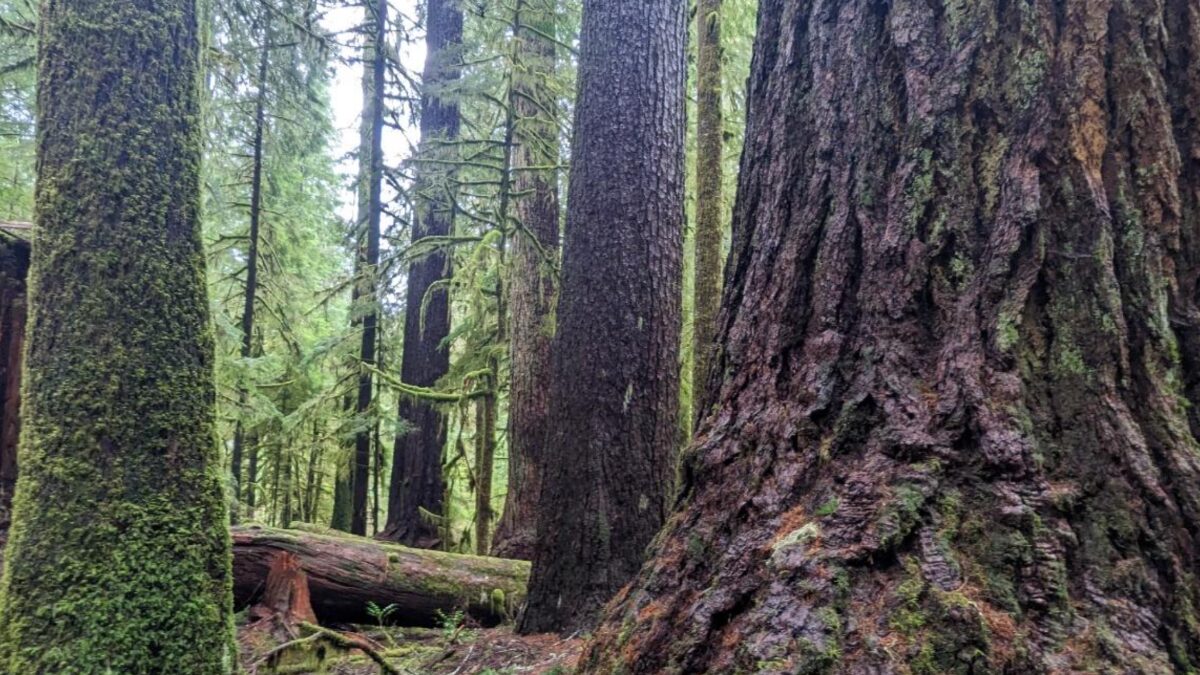
As reported in our last newsletter, the Biden Administration is striving to achieve more protections for remaining old-growth and mature forests on federal lands. However, regulatory changes take time to implement and in the meantime, more of these important forests will be felled. Two CBI Associates Dr. Beverly Law (Professor Emeritus at Oregon State University) and Dr. Dominick DellaSala (Chief Scientist for Wild Heritage) have been extremely active in galvanizing action to speed up the protection of these forests. In her latest article in The Conversation entitled, “Old Forests are Critically Important for Slowing Climate Change and Merit Immediate Protection from Logging”, Dr. Law describes why protecting these forests is so important. Dr. DellaSala organized a recent Scientist Letter to the President urging him to place a moratorium on logging of old-growth and mature forests on federal lands to prevent these critical forests from being lost while the regulations are fully implemented. These forests are simply too important and too rare to be impacted by bureaucratic delays.
Alliance of World Scientists
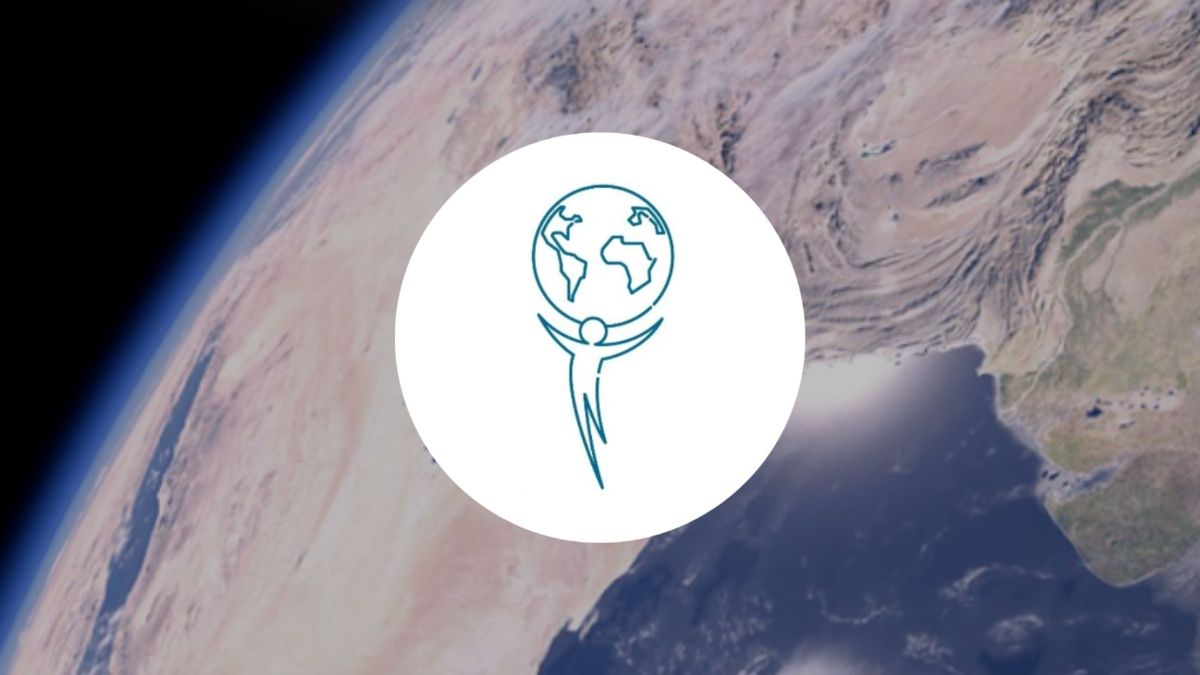
The Alliance of World Scientists (the Alliance) is an international assembly of scientists (over 27,000 scientists from 180 countries) with the goal of amplifying the voices of scientists from all over the world to prevent further widespread catastrophic damage to the planet, especially from climate change. Founded and led by Dr. Bill Ripple of Oregon State University, a long-time CBI Associate, the Alliance has produced numerous publications and has engaged in regular public outreach where it has actively advocated for science-based actions to help save the planet. CBI and the Alliance have recently forged a new partnership to support the mission. Initially, CBI is hosting its new website and helping the Alliance raise much-needed financial support.
Protecting a Legacy Water System from Wildfire

This section of flume of called “Flume A” is a one-mile long gold-rush era wooden structure that diverts water from the south fork of the Stanislaus River to a branching system of earthen channels and other shorter sections of flumes below. Laborers in the 1800s, sometimes hanging from ropes in the steep canyons, built this and the four other wood and metal flumes of Tuolumne County to supply high-pressure water to hydraulic mining, sluicing operations, and lumber mills.
In the 1850s, immigrants seeking gold in California’s Sierra Nevada mountains created a connected network of open channels, wooden flumes, and pipes to direct water to their operations and the rapidly-growing foothill towns of Sonora, Columbia, and Jamestown. 170 years later, this historic system is an integral part of the water infrastructure that supports residential, agricultural, hydroelectric, ecosystem, and recreational purposes, providing nearly all of the drinking water to the west slope communities of Tuolumne County. Tuolumne Utilities District (TUD), the agency responsible for managing the 70-plus miles of raw water ditches and potable water infrastructure is contending with a modern-day concern: the threat of severe wildfire.
Conservation Biology Institute is proud to partner with EN2 Resources, Inc. and the Tuolumne Utilities District (TUD) to develop the TUD Wildfire Defense Plan, a roadmap for addressing wildfire risk to the water system and water treatment facilities.
The TUD Wildfire Defense Plan will have two components: CBI is heading up a Wildfire Risk Mitigation Plan to guide projects that achieve fuel reduction, habitat enhancement, and recreation benefits. EN2 is developing a Wildfire Protection Draft-Points Plan for strategically identifying raw water draft points along the raw water ditches for fire response and preserving precious potable water. Together these plans will help TUD manage the system as “green infrastructure”, a vision that addresses the integrated needs of people, the communities, and biodiversity under climate change. TUD, together with Pacific Gas & Electric, the US Forest Service, CALFIRE, Tuolumne County, Tuolumne Fire Safe Council and the Tuolumne Band of Me-Wuk Indians are already working intensively to reduce fuels in the region, and this Plan will assist the agency in obtaining the funding needed to continue this important work.
The TUD Wildfire Defense Plan will be completed by the end of the year. Funding for this project comes from the USDA Forest Service Community Wildfire Defense Grant.
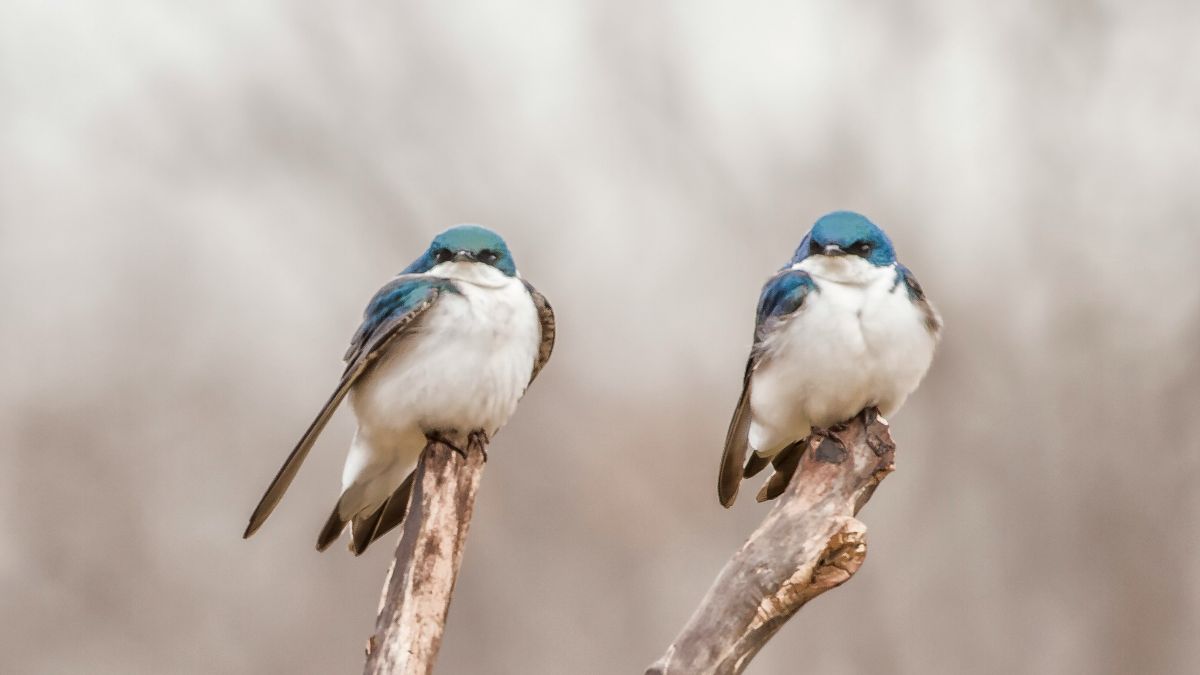
More Monthly Newsletters
Climate Change and Bird Flu
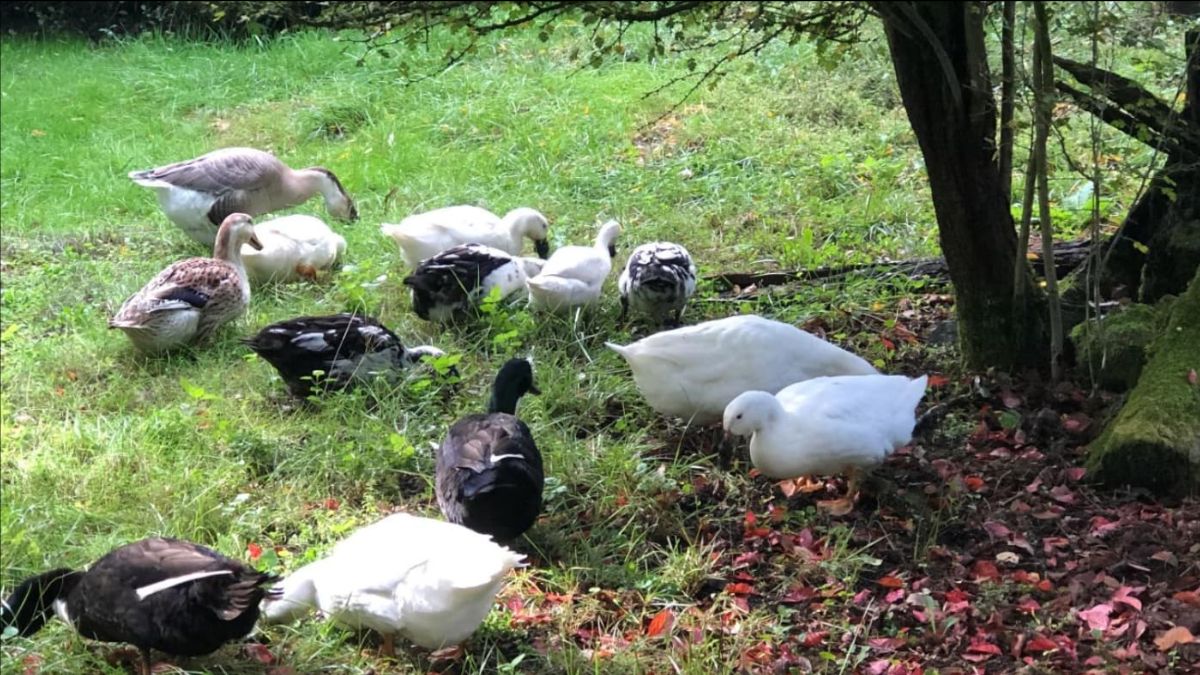
This has been a solemn week at our small farm in western Oregon. Avian influenza (also known as bird flu) has appeared for the first time. Eight chickens and our lone female goose “Larry” succumbed to the disease this week and all 12 ducks are being humanely euthanized to help stop the spread as I write this article. They call the culling process “depopulating”, which is accurate and necessary, but the term somehow feels too insensitive when applied to our friends. We kept these birds mainly for pleasure – they were a joy in so many ways and the organic eggs were a nice bonus.
Avian influenza around the world is very much on the rise, impacting both wild and domestic birds with some viral strains becoming more virulent and crossing over to impact mammals, including humans. This latest outbreak of the H5N1 virus began in the U.S. in 2021 and it continues to make headlines for its tenacity and spread to new places – it was recently reported for the first time in Antarctica. As clearly demonstrated by our collective experience with COVID-19, viruses are simple organisms with the incredible ability to rapidly mutate making them extremely challenging to control. Recent trends with many viruses (including bird flu) are beginning to alarm scientists who believe change in climate is a contributing factor. Culling infected animals is argued to be inadequate to control this growing global health threat to wild and domestic animals and humans. We should not wait until this or other animal virus jumps to humans – we know what can happen then. The development of vaccines or other proactive treatments needs to be taken seriously now.
As for our little farm, we will wait out our quarantine and try again in spring – which seems so far away. The farm is eerily quiet and we miss our friends.
Executive Order on Protecting Old Growth Forests
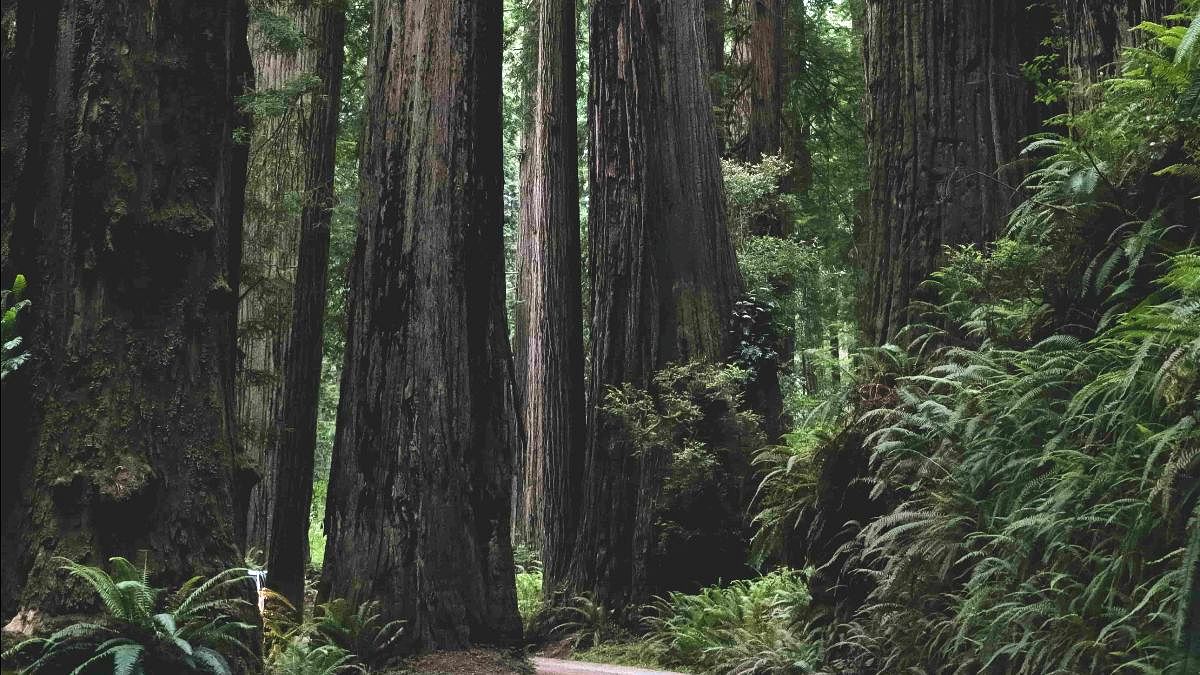
Reforestation and proforestation (letting natural forests grow old) is an important component in combating climate change. On April 22, 2023 (Earth Day) the Biden Administration announced executive order 14072, which laid out several directives to land managers to strengthen protections for old-growth and mature forests on federal lands. U.S. Forest Service (USFS) and Bureau of Land Management (BLM) staff developed definitions for the different forest types in the country and conducted an inventory of old and mature forests on federal lands. Based on these definitions and inventory, the USFS and BLM manage 32 million acres of old growth and 80 million acres of mature forests.
An update to this executive order was released on December 19, 2023, which includes a directive to the Forest Service to amend all 128 forest management plans to conserve and restore old-growth forests throughout the system. This announcement includes the Northwest Forest Plan, which covers federally managed forests in Washington, Oregon, and California and includes 25% of the remaining old growth in the national forest system.
There are considerable stressors to our nation’s forests (e.g., wildfire and insect and disease outbreaks) that will make what seems straightforward quite complex, but these announcements and actions are important to monitor in order to achieve the most effective outcomes.
Thank you…

Back in 1994, David Johns became my first boss after graduate school. I had just finished my Ph.D. at The Ohio State University and became the first science support staff for a new non-profit initiative called The Wildlands Project. Later, Pam Frost and I elected to set off on our own and created the Conservation Biology Institute in November 1997. David Johns was one of the first board members and has provided support and guidance in a variety of ways over these many years. David is a passionate conservationist and he would frequently challenge us to be bolder in using our science to advance political and social change. Law and political science are his profession – what did we expect. We may not have always agreed on how best to achieve our stated mission, but his knowledge and experience in conservation is rich and I could always count on him to challenge us to strive to have a larger conservation impact.
And now, after 27 years of service, David has elected to step off the board. Thank you for staying with CBI for all these years, through all of the highs and occasional lows. He will remain a person we can always call on for guidance – I am sure we’ll take him up on it.
More Monthly Newsletters
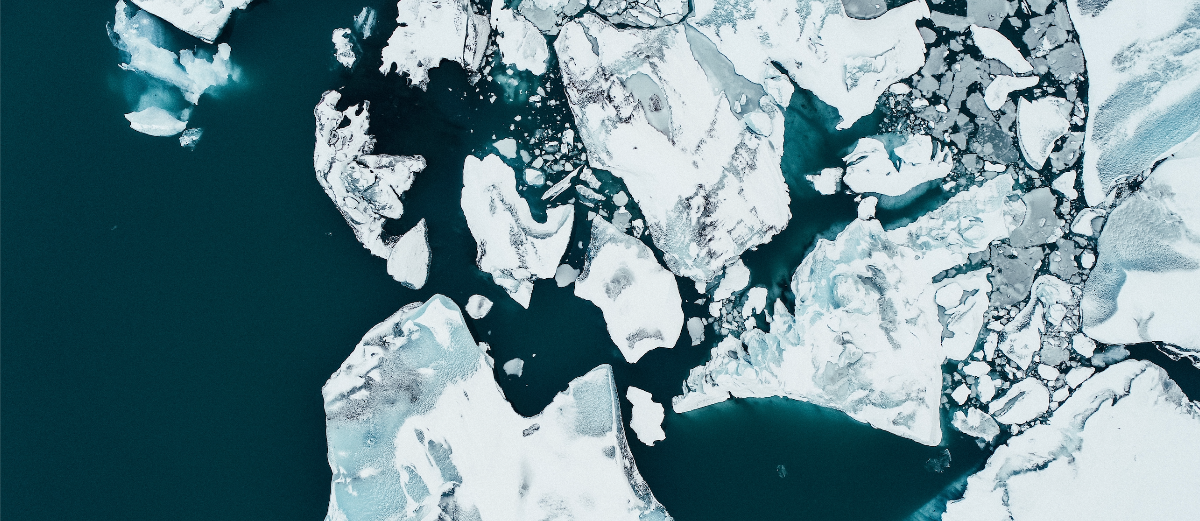
COP28 Conference
As you receive this newsletter, the 28th annual international climate meeting, called COP28 (COP – Conference of the Parties) begins in Dubai, United Arab Emirates. Attendance may hit an all-time record with at least 45,000 attendees expected. However, that’s not the only record being broken.
Analyzing the data from the first 10 months of 2023, the National Centers for Environmental Information reports that there is a 99% chance that 2023 will be the warmest on record; the planet had its warmest October on record this year. Global ocean temperatures set a record high during this period as well and Antarctica experienced its sixth consecutive month of lowest sea ice extent ever recorded. For 28 years now, the COP process has brought representatives from around the world together to address the climate crisis. In 2015, a landmark treaty during the COP21 meeting (the Paris Agreement) set a goal to limit global temperature rise to 1.5 degrees Celsius, which has recently been reported as unlikely, but not impossible.
After this much time, why is progress so slow? In a recent TED talk, Al Gore discusses two main obstacles: (1) relentless opposition from the fossil fuel industry, including capturing the COP process and (2) the global financial system often works against progress.
Not all of the news is negative. This is not the time to succumb to hopelessness – now is the time to act. I urge you to take 25 minutes to listen to this TED talk. It will not only help put the COP28 meeting into perspective but will provide an update as to where we stand on the climate crisis and where we need to go.
Data Basin Tops 50,000 Members

Exciting news! Earlier this month, the number of registered Data Basin users topped the 50,000 mark. A number of new system updates and feature upgrades will be launched over the next couple of months.
We Welcome Dr. Jean Palmer-Moloney to the CBI Board
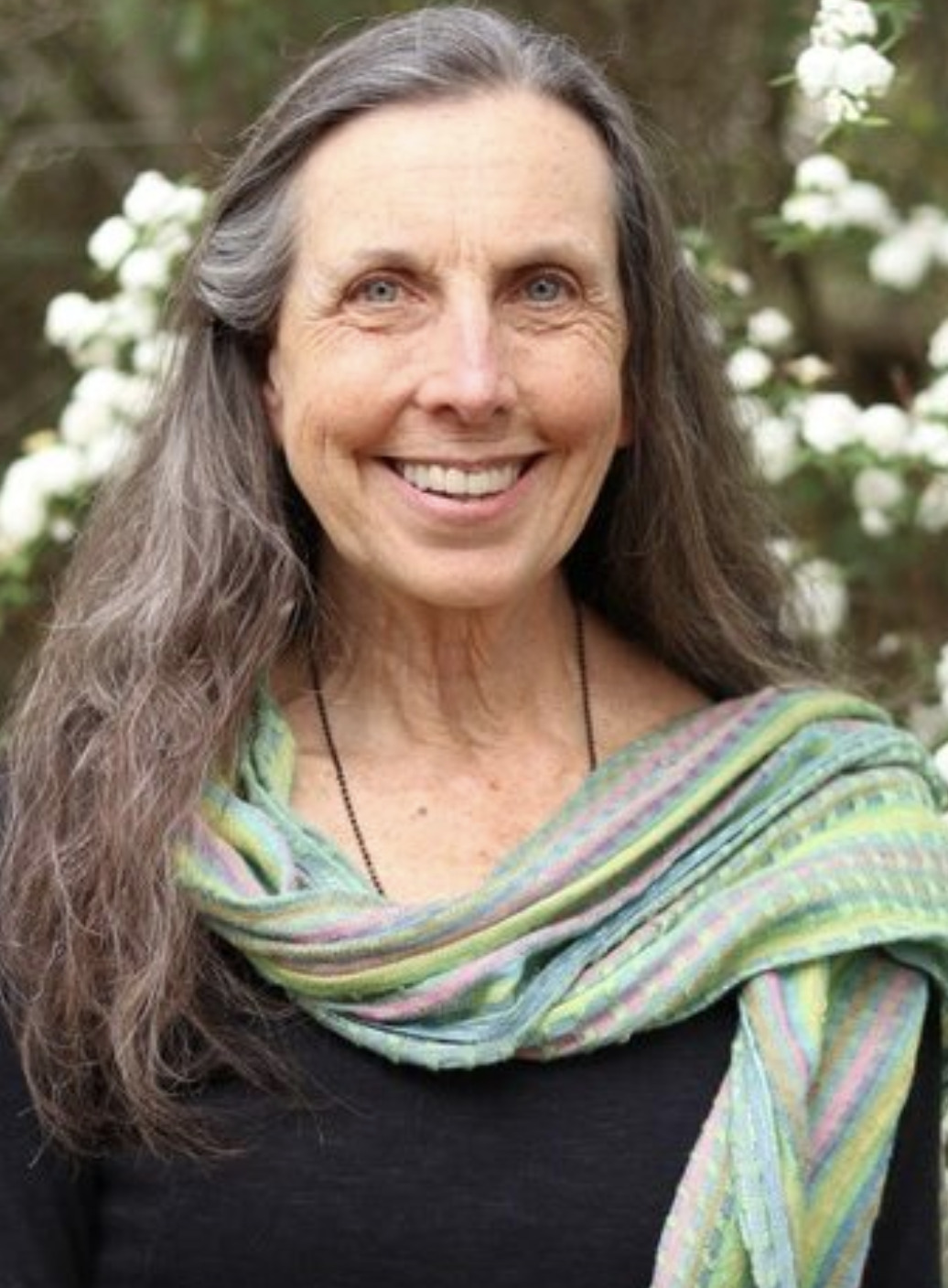
We are excited to welcome Dr. Jean Palmer-Moloney to the CBI board of directors. Dr. Palmer-Moloney has spent her life studying the chaos of systems and the often-tangled complexity of human-environment interaction. With two PhDs, she has experience across the scientific, academic, nonprofit, policy, and environmental communities, recruited often to give meaning and context to highly technical material and to serve as a go-between for engineers and scientists, policy analysts, and decision-makers. As a research scientist, hydrogeographer, and educator with experience and expertise in coastal resources management, her values and core beliefs are well aligned with CBI’s work. We look forward to working closely with Jean both in her role as a board member and potentially as a collaborator in some of our project work.
More Monthly Newsletters
It’s a Wrap!
Year 2 of Rangewide Monitoring of Stephens’ Kangaroo Rat
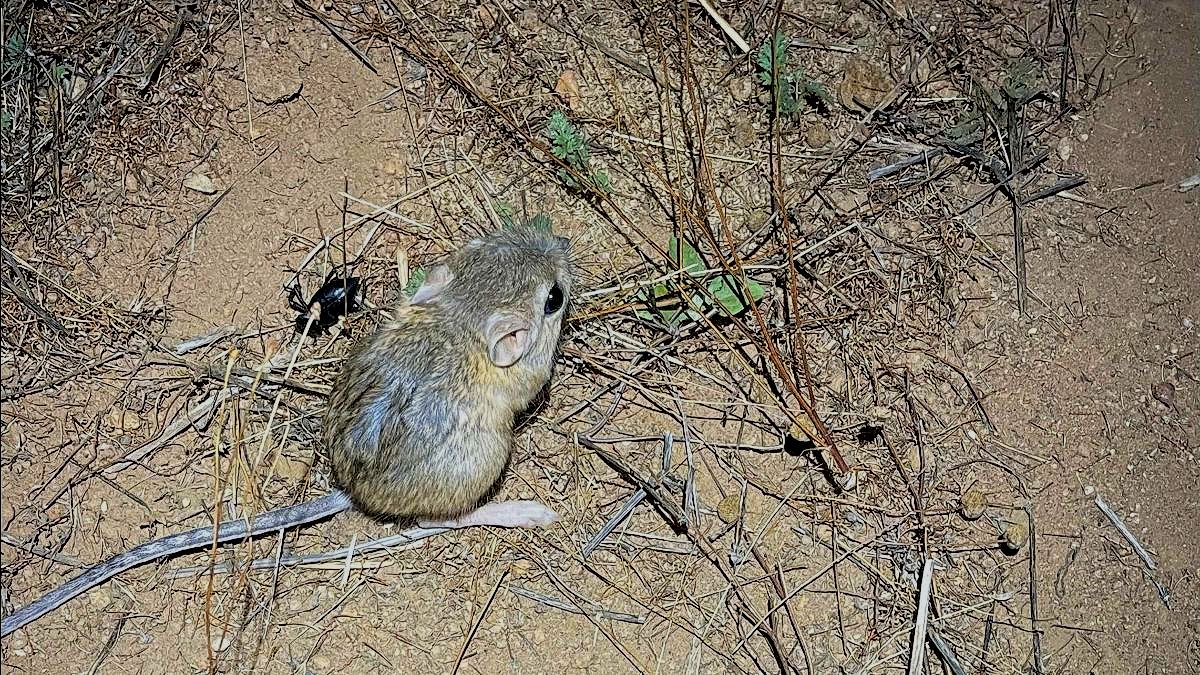
In September 2023, biologists from the Riverside County Habitat Conservation Agency (RCHCA) completed a second year of systematic population monitoring for the Stephens’ kangaroo rat (SKR) across the species’ range in Riverside and San Diego Counties, California. After decades of uncoordinated monitoring efforts by diverse land management agencies, this new program represents a significant milestone as the first standardized field assessment of the species’ status since it was listed as endangered more than 50 years ago. CBI designed the program in partnership with RCHCA, U.S. Bureau of Land Management, U.S. Fish & Wildlife Service, U.S. Geological Survey, Department of Defense, San Diego Zoo Global, and other experts as part of the SKR Rangewide Management and Monitoring Plan.
During 2022-23, the new monitoring program surveyed 79 randomly selected habitat sites across the range for evidence of kangaroo rats. Evidence was found on 34 of these sites, each of which was then trapped with 25 evenly spaced live-traps over two moonless nights to verify SKR occupancy and to estimate local population numbers. These first two years of data provide an unbiased view of how SKR populations vary across the landscape, establishing a sound baseline for continued annual monitoring to track population changes in response to environmental changes and management actions.
Two major patterns emerge from the data so far: (1) SKR are more common on preserves specifically managed by RCHCA and other agencies to benefit the species than on other lands that may support SKR; and (2) SKR numbers declined from 2022 to 2023, apparently due to record rainfall last winter. As biologists anticipated, the rains greatly increased the density of grasses in SKR habitat, crowding out more favorable food sources and making it difficult for kangaroo rats to move about.
Monitoring in future years will continue filling out this picture, tracking population status and trends. Hopefully, results will document a conservation success story for a species that was once so close to extinction.
Our Participatory Planning Approach in the News

It’s no secret that, over the past few years, electric vehicles have become vastly popular. At this point in time, it’s crucial not to make mineral mining – the critical resource for the batteries that power these vehicles – its own worsening environment impact on the planet. Previously, in partnership with the California state government, academic institutions, and others, CBI played a large role in a stakeholder-led process mapping least-conflict lands for solar development in the San Joaquin Valley in California. As Ethan Elkind said in his article, A California model for solar sites could be a boon for critical mineral mining, CBI’s planning tools and approach (like those used in San Joaquin Valley and more recently used in the Columbia Plateau region in Washington) could also be used as an exceptional approach to identify least-conflict lands for mineral extraction areas to ensure mineral mining is only executed at sites that would keep the procurement of these materials as ecologically sustainable as possible.
CBI Welcomes New Board Member
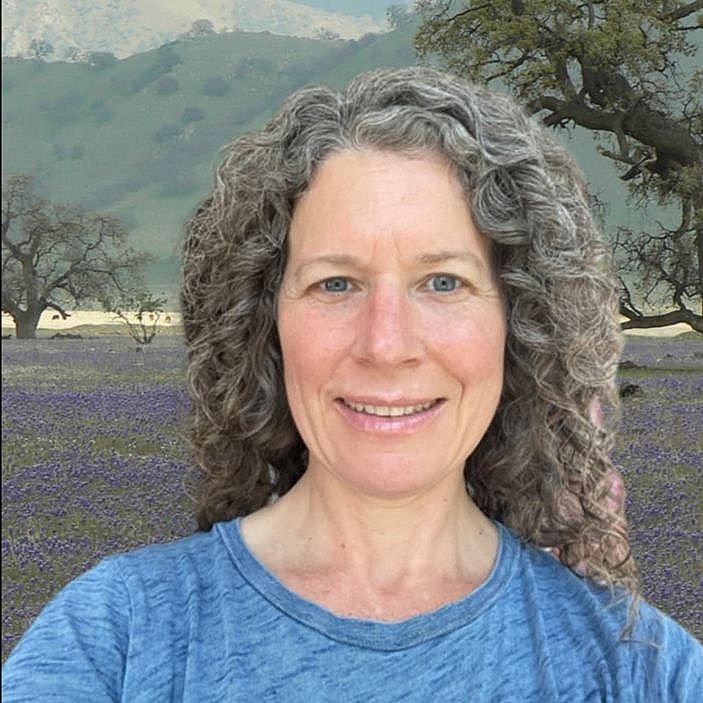
We are excited to welcome a new member to our Board of Directors, Mindy Weck. Mindy leads Business Development and Strategy for Hundzsoil, a pioneering firm specializing in an organic soil amendment that reduces agricultural water use by up to fifty percent and has great promise for combatting increasing water scarcity issues across many geographies. Mindy has a passion for nature-based education programming and founded the Synapse School Nature Days Program run through the Riekes Center in the California Bay Area in addition to her service to both the Wilderness Awareness School in Duvall, WA and The Hill School in Middleburg, VA. We look forward to her engagement with CBI and the opportunity to tap into her creativity and personal/professional network. Welcome, Mindy!
More Monthly Newsletters
The leaves are changing, and so are we!
A message from our President…
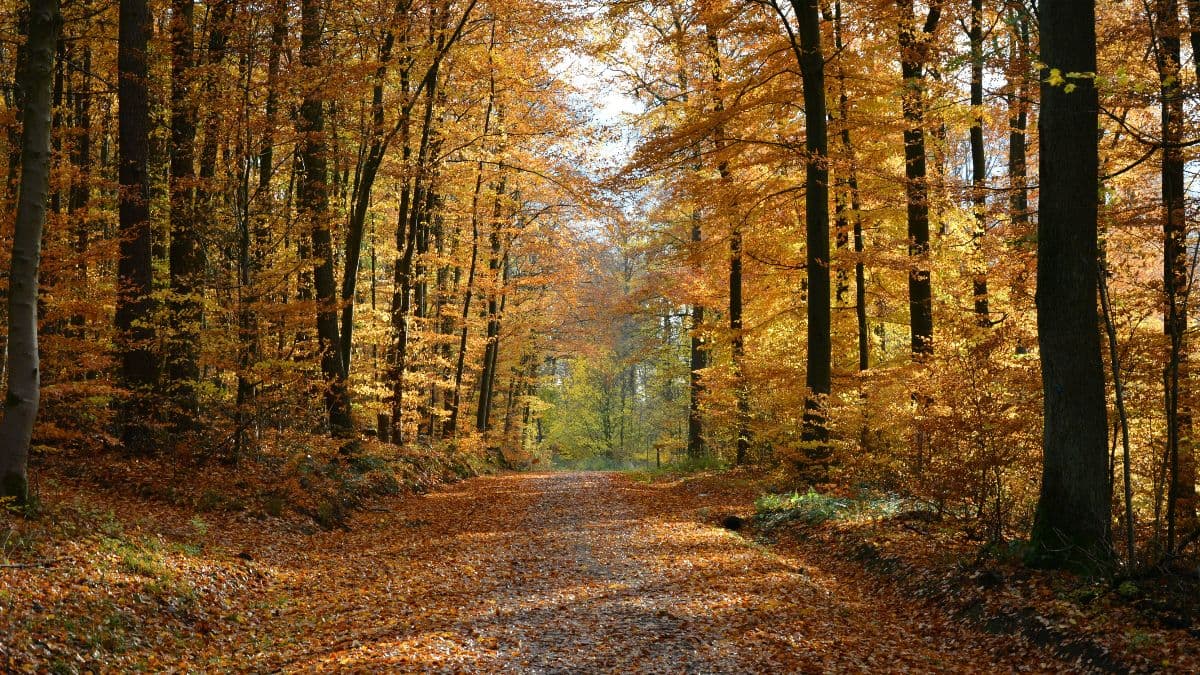
This month I am excited to announce changes to the executive leadership roles at the Conservation Biology Institute and to announce our new strategic path forward.
The Main Story…
When Pam Frost (my wife) and I created the Conservation Biology Institute 26 years ago with the help of a handful of others, it was with a clear mission: use conservation science to create a healthier, more ecologically sustainable planet. We felt we needed to create a new organization (vs. working for an existing entity) to ensure we remain focused and committed on advancing conservation science solutions while maintaining the highest degree of scientific and personal integrity. If we were going to invest the energy to dream, we might as well dream big. Starting in our spare bedroom 26 years ago, CBI was built from the ground up. It has not always been an easy journey, but we are grateful to have had the opportunity to make a significant difference towards achieving our mission to this point with hopefully a much larger impact in the future.
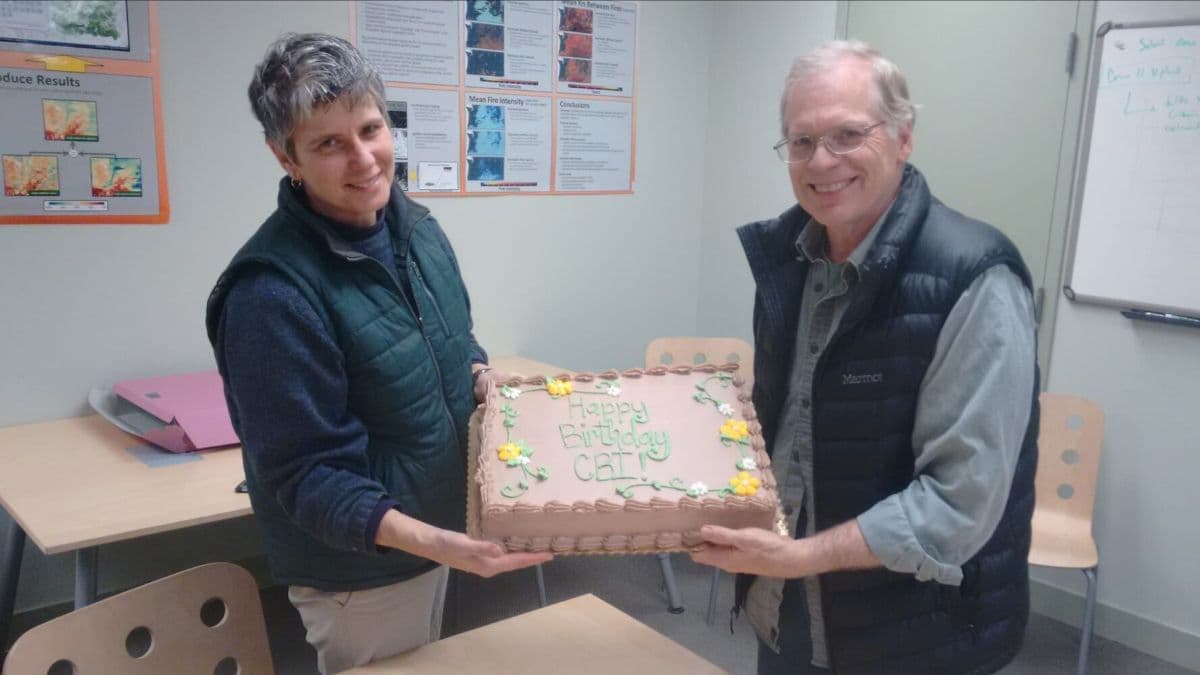
CBI’s unique approach is to bring “all three legs of the stool” to the table to help clients and partners tackle complicated conservation problems, namely:
1. World-class conservation scientists, geospatial experts, and software engineers
2. Advanced software applications, including the flagship Data Basin mapping and analysis platform
3. A holistic, proactive, and collaborative engagement model
Our expanding board of directors and executive leadership team believe the time is now to scale the unique CBI skill sets to address the increasing environmental degradation posed by human activity, including climate change. We want to build on our successes, transfer more knowledge outside the U.S., expand our in-house science expertise, engage more people in our work and set CBI up for success over the next 26 years and beyond.
To expand our impact, I am excited to announce changes to the executive team. Effective September 1, 2023, CBI board member Robin Jones has stepped into the Executive Director role at CBI. I will remain as the Chief Science Officer for the organization as well as continue to serve on the board of directors. Pam Frost will continue in her role as Chief Operations Officer and current role on the board. Gladwin Joseph will also remain as Chief Projects Officer.
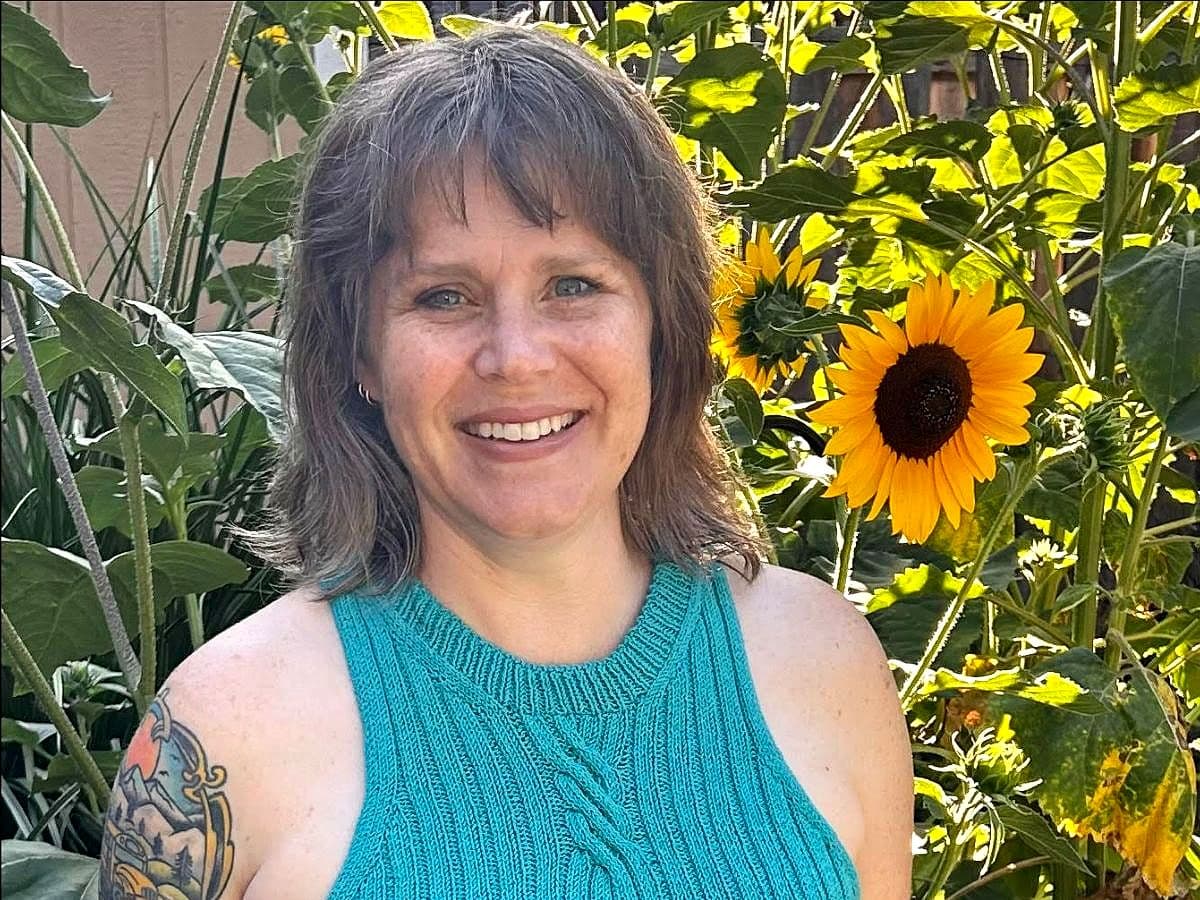
“I could not be more thrilled to be joining such a passionate and impactful group of conservation scientists, geospatial analysts, and software engineers in their efforts to preserve and heal our ecosystems at such a critical time in our planet’s history. I’m excited to apply my years of business experience toward helping this organization grow and thrive for years to come. I am very much looking forward to working alongside CBI’s esteemed team that drives the research, applied science, analytics, and technology they are using to address the world’s critical environmental issues.” – Robin Jones
Robin is the ideal complement to our existing expertise. She brings 25 years of experience including executive and/or founding roles at several entrepreneurial ventures, executive roles at multiple software companies including Esri, and a rich academic background in biological sciences and business at Stanford and UC Berkeley. Robin’s strategic priorities are to:
- Continue to build CBI as a world-class organization that continues to help create an ecologically sustainable planet via its top-notch ecological scientists, GIS and software experts, and collaborative engagements.
- Scale up the organization’s conservation global impact.
- Build a recurring funding model to ensure a rich, impactful software platform roadmap.
Everyone at CBI is thrilled and excited to have Robin as the new Executive Director while retaining the previous leadership as part of the executive team. CBI’s future is bright and that is more important than ever as there is an ever-increasing amount of work to be done to try to save our planet.
More Monthly Newsletters
Africa – A Personal Reflection
By James R. Strittholt, Executive Director
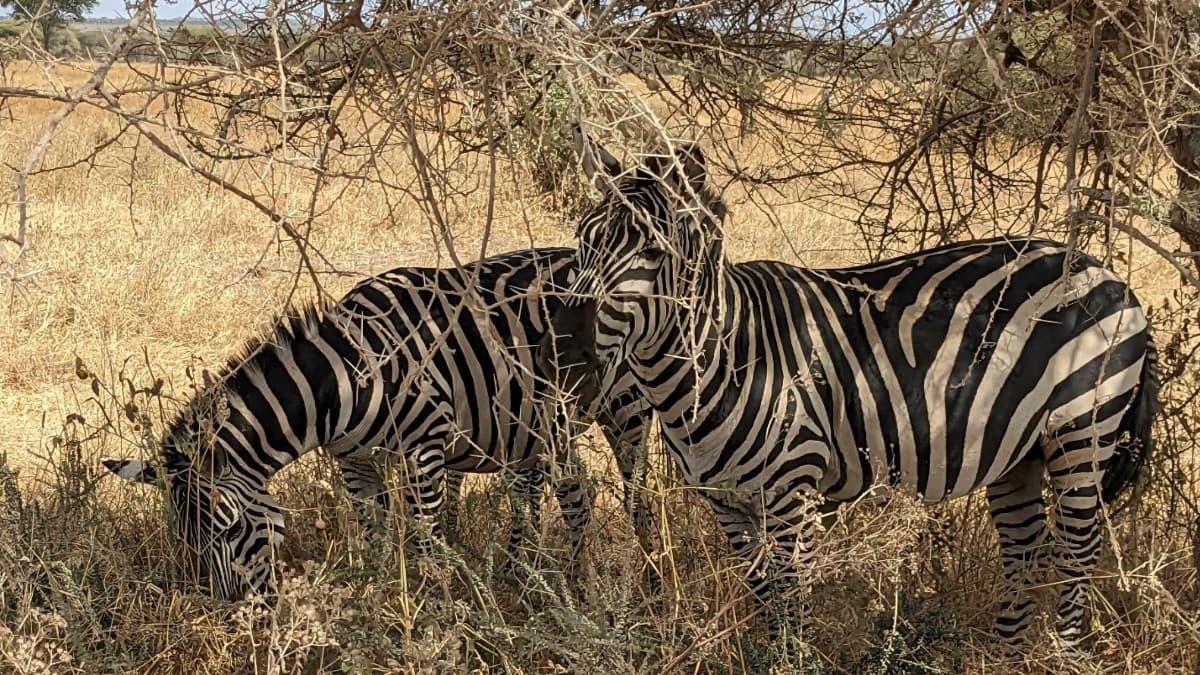
I have been fascinated with nature my entire life. As a young boy, the images, movies, and stories about Africa energized and helped motivate me toward a career in conservation. During a recent trip to East Africa, I was fortunate to fulfill a lifetime dream of seeing it in person – I was not disappointed.
The Main Story…
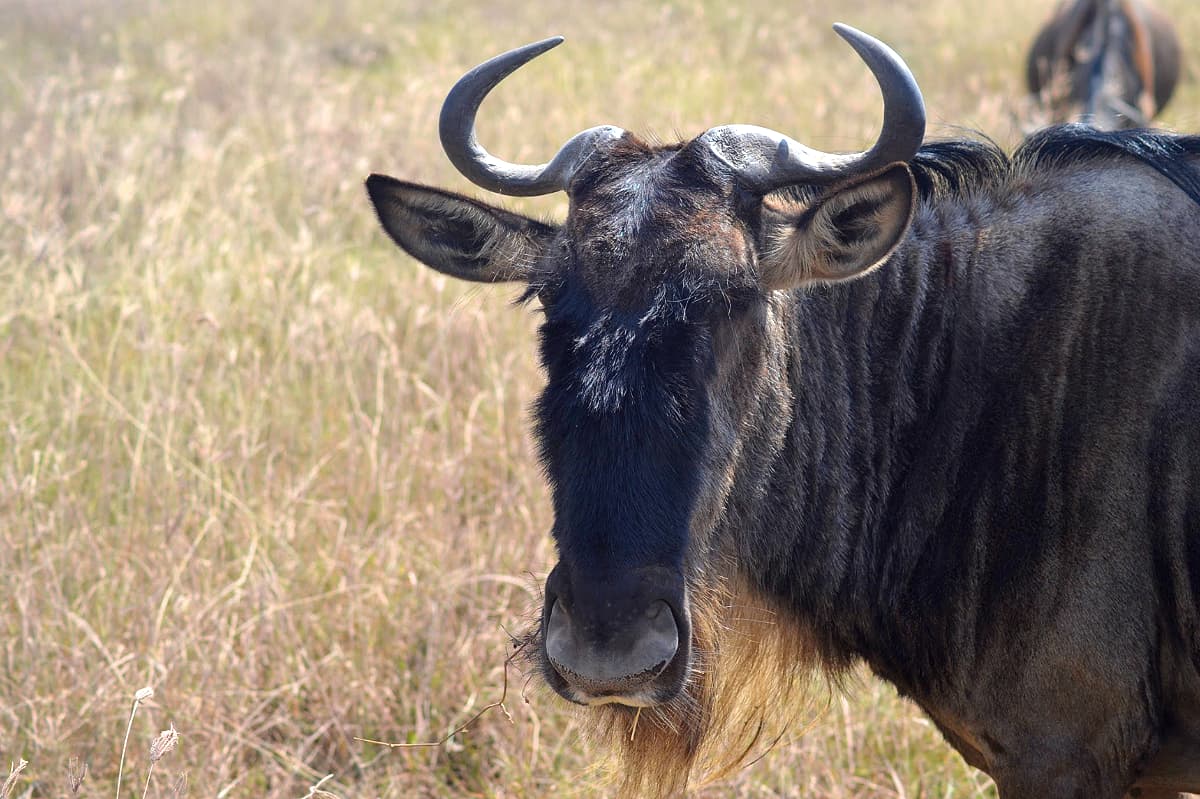
It’s the dry season in Tanzania and 1.5 million white-bearded wildebeest along with hundreds of thousands of other grazers such as zebras and gazelles are on their annual migration across the Mara River in the Serengeti heading for Kenya. I’ve seen many wonderfully filmed and narrated documentaries about the Serengeti migration as well as on other parts of Africa, but experiencing it in person brought the energy of the place and all of its creatures alive in ways I did not expect. Being around so much diversity and so much life left me feeling more hopeful than I have felt in a very long time. Seeing babies everywhere, especially the elephants, provided unexpected and welcomed rejuvenation to an overworked mind and a worried soul. Conservation is a tough business.
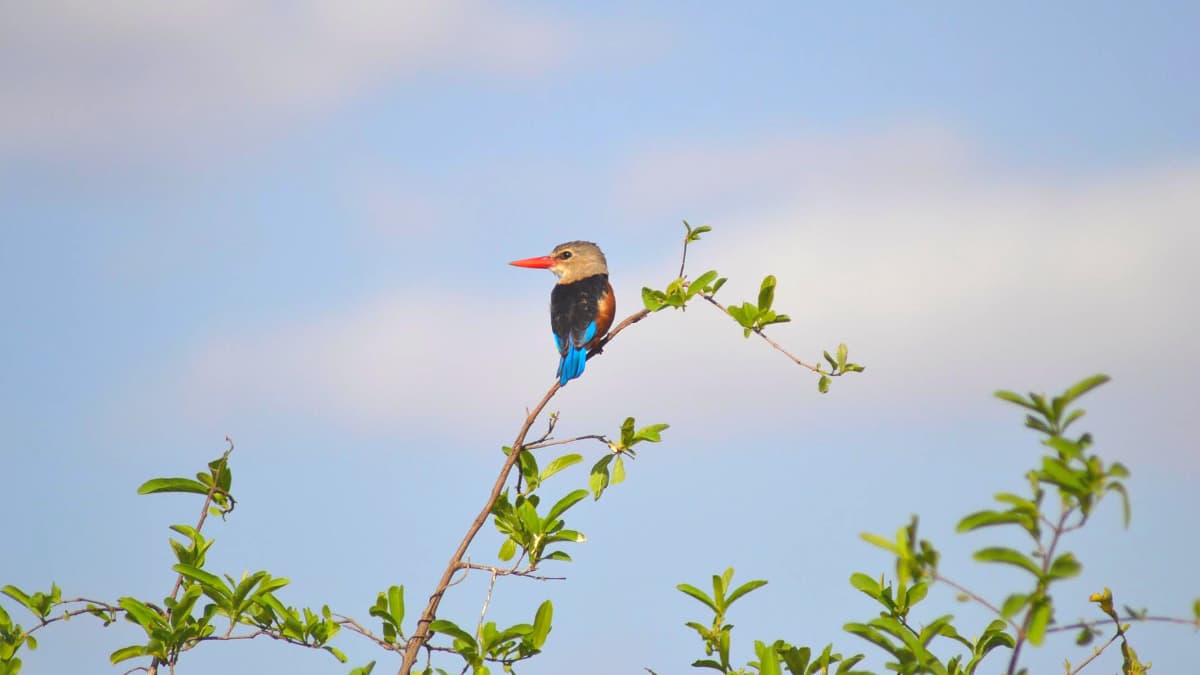
There are many tales to tell, but allow me to share just one. We were in the Ngorongoro Caldera and we stopped to view a congregation of water birds – storks, herons, ibises, and lapwings – all resting on large gray boulders on the edge of a beautiful pond laced with lush vegetation. A beautiful malachite kingfisher rested in a nearby shrub. On closer examination, those boulders were actually a bloat of hippos enjoying the morning sun. I found myself transfixed surrounded by so many sights, sounds, and smells – everything was alive! Even those boulders in the pond. For a few moments, it seemed as if time stopped and I found myself thinking, “This must be Eden – it is real and it still exists!”
The people we met during our journey were exceedingly gracious and kind, all just trying to live their best lives. I’m sure many do not feel they live in such a treasured land. Humans often tend to see their home ranges as not particularly special. Doesn’t everyone have giraffes walking through their backyards? But there are many who care deeply about protecting their natural heritage, especially the young people. Tanzania has managed to protect over 38% of the country in designated protected areas (ranked 18th in the world – the U.S. is ranked 119th) and ecotourism has become extremely important to the national economy.
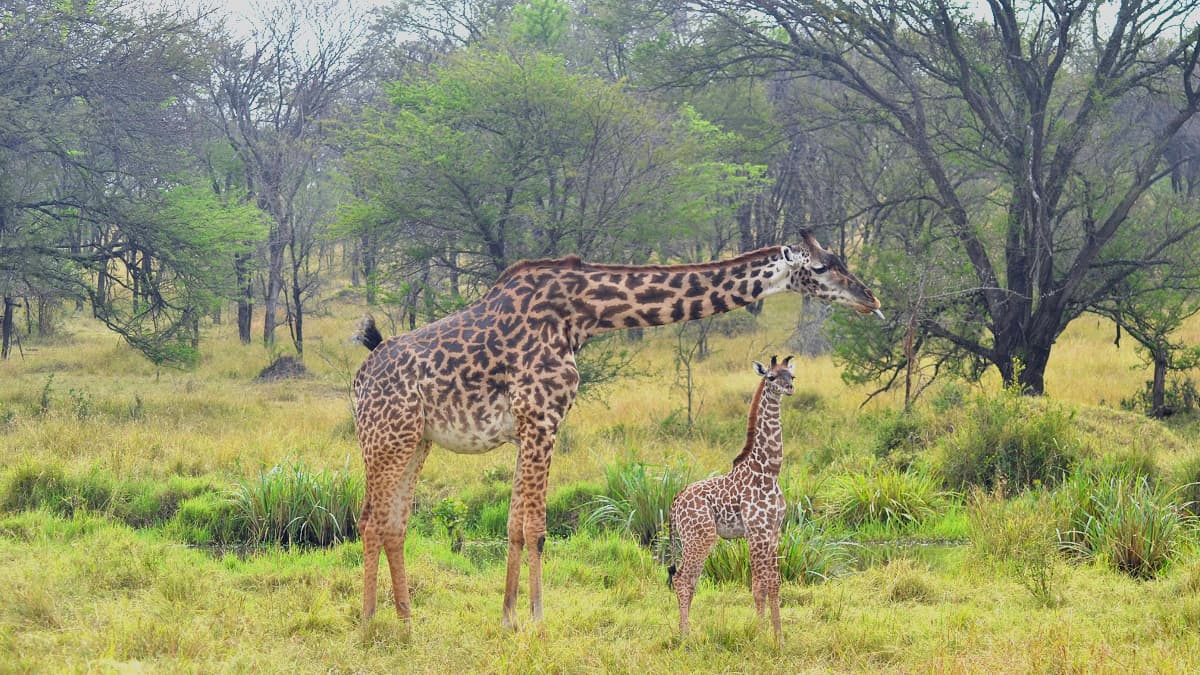
Africa is facing tremendous challenges. Perhaps most of which is the surging human population. The countries making up the African continent are expected to account for most of the global population growth over the next few decades while other parts of the world begin to stabilize or even decline. For now, countries like Tanzania are ahead of the game in determining how to balance the needs of the people with the needs of the numerous wild creatures. But pressures are mounting and threading this needle into the future will not be easy. There is much work to be done and the world can’t afford to fail.
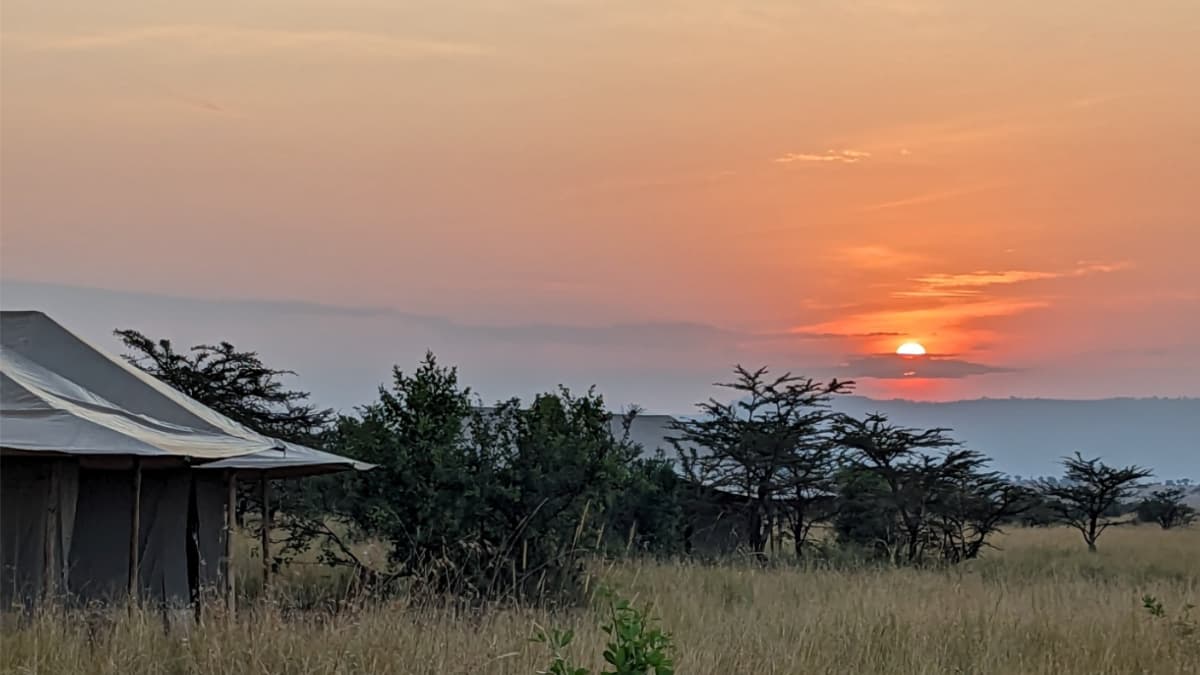
Ernest Hemingway once wrote, “All I wanted to do now was get back to Africa. We had not left it yet, but when I would wake in the night, I would lie, listening, homesick for it already.” This never resonated with me before. Now I get it.
More Monthly Newsletters
Supporting WCS Canada and its Partners in Planning for Climate Resilience in the Yukon Region

Photo by Grace Simoneau
CBI co-produced the Yukon Spatial Data Tool for the Wildlife Conservation Society (WCS) Canada. This tool can be used to visualize spatial datasets, overlay multiple data layers, and extract data for different areas, including user-defined extents. Currently, the tool houses endemic and at-risk plant species in Yukon and Alaska Beringia, including habitat suitability, current and future modeled species distributions, range losses, potential climate-change refugia, and species richness by habitat type. This tool along with the Yukon’s Climate Change Adaptation Planning Atlas built on Data Basin – CBI’s collaborative spatial platform – provides powerful resources for WCS Canada and its First Nation partners to effectively plan for climate resilience.
Listening, Learning, and Walking Alongside Tribes
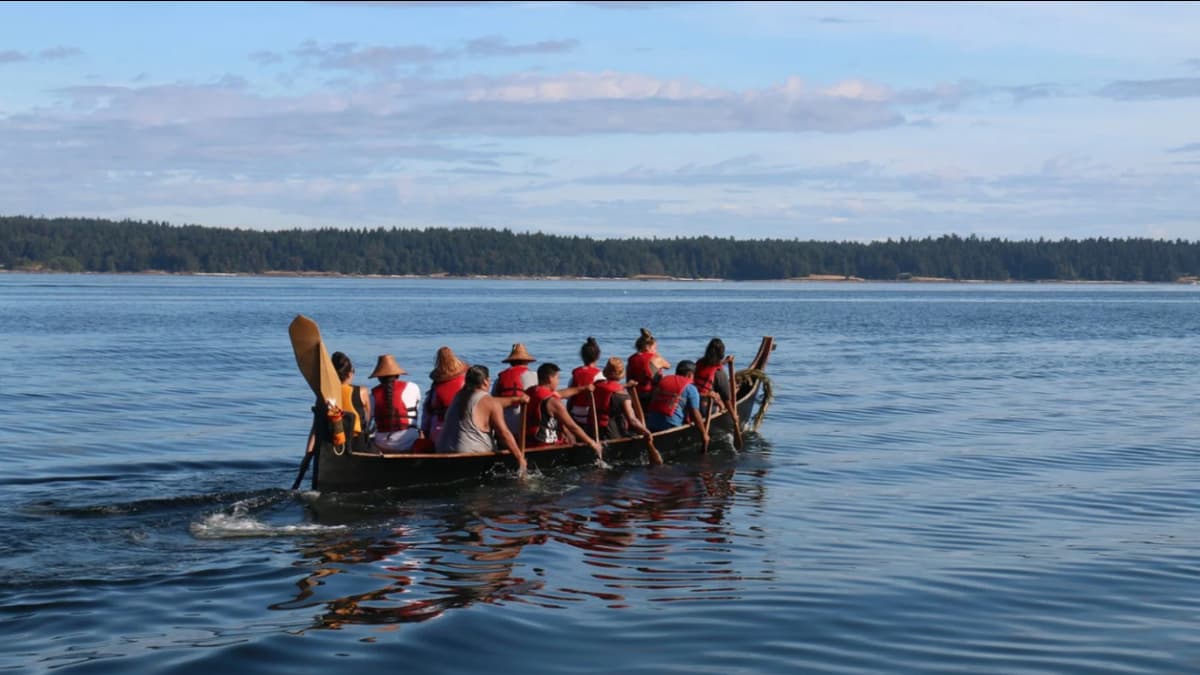
Photo Source | https://canadiangeographic.ca
CBI’s mission to advance the conservation of biological diversity and an ecologically sustainable planet resonates well with the core vision, cultures, and concerns of tribal groups of North America. We have a lot to learn from tribal traditional knowledge on balancing the needs of nature and humans. Building on one of our scientist’s experience working with the Soliga tribal people of India in community-based conservation, we are embarking on a journey to learn alongside North American tribes, seeking to understand how they conceptualize and manage the ecology of natural resources, and how this knowledge can inform our understanding and practice of conservation science. At the 2023 Tribal Clean Energy Summit organized by the Affiliated Tribes of Northwest Indians (ATNI) we learned how tribes are focusing on strategies to build energy resilience, while ensuring energy sovereignty, and addressing youth and workforce development. In another summit on water organized by ATNI as part of its Changing Currents project, tribal leaders expressed concern about the status of culturally vital First Foods like salmon and the lesser known lamprey and their habitats on land and sea. We also learned that tribal concerns have not been adequately heard and addressed in the offshore wind development off the West Coast of the United States. Both summits reflected a deep sense of resilience, hope, and opportunity for the future among the tribes. Tribal leaders understand that ecology doesn’t stop at reservation borders, and therefore seek mutually beneficial collaborative opportunities to restore and conserve habitats for a diverse array of plants and animals. Walking alongside starts with humility and respect, and forging trusting relationships. We will all benefit if we walk alongside each other, respect each other’s epistemologies, and work towards an ecologically sustainable world. We at CBI have started our journey to listen, learn, and walk alongside tribes in our common mission to restore an ecologically sustainable world.
New Publication

Photo by Yangchenla Bhutia
A CBI scientist was part of a study to research the transpirational dynamics of trees from the tropical montane forests of the Eastern Himalayas. This study was part of a larger project to better understand landscape-level water budgets in these rapidly changing mega-diverse ecosystems of the world. Some of the fun aspects of this study were customizing and testing inexpensive sap flow sensors to measure and estimate transpiration. The study suggests that forests with a dominance of shallow-rooted pioneers are more prone to the negative impacts of drier and warmer winters than primary forests, which are dominated by deep-rooted species. The study provides an empirical understanding of how life-history traits coupled with microclimate can modulate plant water use in the widely distributed secondary montane forests of Eastern Himalaya and highlights their vulnerability to warmer winters and reduced winter precipitation due to climate change.
More Monthly Newsletters
Site Check
A Tool to Identify CEQA Streamlining Options in California

CEQA (California Environmental Quality Act) became a state law in 1970 and was established to inform decision-makers and the public about the potential environmental impacts of proposed projects and to reduce impacts from approved projects as much as possible. Since its creation, numerous pieces of legislation have been created to help implement the act, which at times has slowed down development at a time when California is experiencing an ongoing severe housing shortage.
The Main Story
To help accelerate housing while simultaneously upholding CEQA environmental safeguards, the Governor’s Office of Planning and Research (OPR) in coordination with the Department of Housing and Community Development contracted with CBI to build an online tool that could help streamline the process. The tool was developed in close collaboration with OPR and is based on public input from partners through interviews, presentations, and workshops. The map-based tool called Site Check is innovative in several ways, but at its core it allows users to see if selected parcels may qualify for an existing streamlining option for housing development. The free tool allows users to map various CEQA definitions and filter parcels based on planning, transportation, and environmental criteria. Site Check is a good first step for developers and public agencies considering how CEQA may apply to a potential housing project.
OPR staff will hold a webinar on July 10, 2023, from 11 a.m. to 12 p.m. to introduce the tool and demonstrate its capabilities. Register now for the OPR webinar!
If you have any questions about Site Check, please feel free to contact Brianne Masukawa at brianne.masukawa@opr.ca.gov
New Publication
Knowledge Coproduction: Working Together to Solve
a Complex Conservation Problem

A new publication by scientists from U.S. Geological Survey, Point Blue Conservation Science, and CBI shows how knowledge coproduction – the collaborative creation of actionable information by scientists, resource managers, and policymakers – can help identify viable conservation options for a dynamic ecosystem with a complex web of stressors. The authors of the publication “Knowledge Coproduction on the Impact of Decisions for Waterbird Habitat in a Changing Climate” dove deep into this process for wetland conservation in California’s Central Valley, producing computer models that tested management actions under different climate change and environment management scenarios. The study showed that actions to restore wetlands and prioritize their water supply created habitat outcomes resilient to climate change impacts, particularly in March, when habitat was most limited, and that land protection combined with management can increase the ecosystem’s resilience to climate change.
Join CBI at the 2023 Society for Conservation GIS International Conference in August
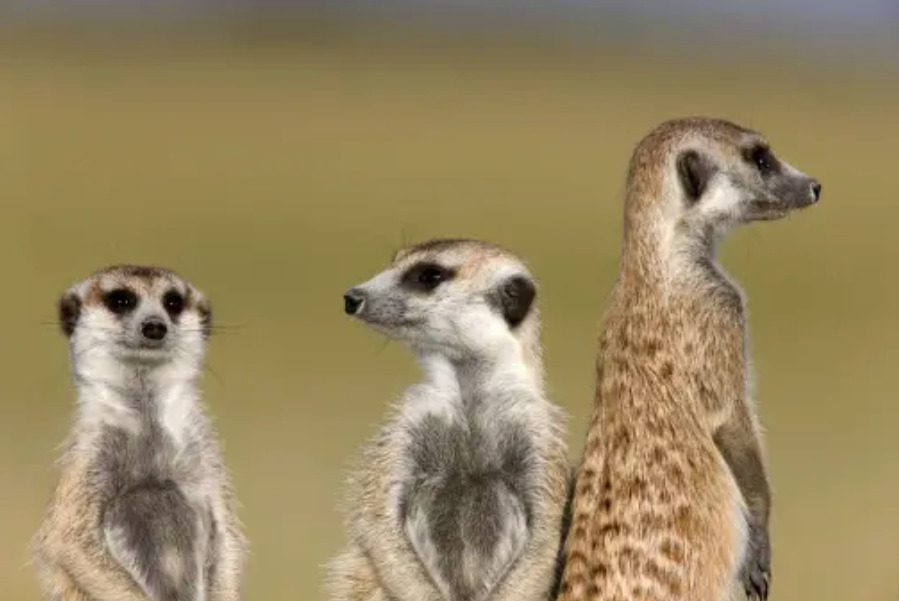
The Society for Conservation GIS (SCGIS) is excited to announce that registration for the virtual 26th annual SCGIS International Conference is now open!
Interested professionals and the public alike are invited to join this global convening of the conservation GIS community online from August 16-18 for three days of keynote speakers, workshops, presentations, and virtual networking.
We invite you to participate in this exchange of scientific knowledge, tools, and best practices, and to connect with a vibrant and inclusive international community using geospatial technology to advance the conservation of environment, species, land, and cultures.
The Conservation Biology Institute has a longstanding involvement in SCGIS, including representation on the SCGIS Board of Directors and Communications Committee, as well as a partnership co-hosting webinars and meetups to share research and highlight the geospatial work of the broader conservation community.
At the upcoming conference in August, staff from CBI’s Geospatial Science and Modeling Team will present a curated session showcasing tools and technologies that CBI employs to provide geospatial solutions to conservation challenges. Featured work will include applications of CBI’s Environmental Evaluation Modeling System (EEMS), Python, Data Basin, and Google Earth Engine to various case studies.
Come be inspired by the great work happening in our community. We hope to see you there!
More Monthly Newsletters
A New Weapon to Combat Climate Change

As summer approaches in the Northern Hemisphere, many are wondering how bad it is going to get this year. Our neighbors in Canada are already experiencing record spring fires with the area burned at around 5 million acres thus far. A large area of Southern Europe and Northern Africa experienced high temperatures in April usually only seen in late summer.
Two approaches are most often reported on how to combat climate change: (1) reducing the burning of fossil fuels for energy via accelerating renewable energy development and (2) increasing the capture of carbon from the atmosphere through reforestation (planting of more forests) and proforestation (allowing forests to grow old). But there is another very important carbon regulator that deserves much more attention – restoring populations of wild animals (or trophic rewilding).
The Main Story…
Trophic rewilding is an ecological restoration strategy aimed at restoring and protecting functional roles of animal species in ecosystems. In a recent publication in Nature Climate Change, 15 co-authors from eight countries report that trophic rewilding can provide huge benefits in reducing atmospheric carbon. Wildlife populations maintain healthy ecosystems which, in turn, pull more carbon out of the atmosphere and store it. The authors provide numerous examples of how wildlife populations on land and sea protect existing carbon stores and enhance further carbon capture.
All of this at a time of extreme, rapid declines in many wildlife populations. According to the Living Planet Report 2020, World Wildlife Fund reports monitored vertebrate wildlife populations have declined 69% on average since 1970. Trophic rewilding requires a new conservation focus that enables wildlife populations to reach meaningful densities again, which will stem the tide of wildlife declines for their own sake while helping to restore carbon balance of the planet at the same time.
Nature is amazingly resilient if given the opportunity. Rewilding activities both large and small are accelerating all over the world (see the Global Rewilding Alliance). We have much to do and time is of the essence. It is truly an “all hands-on deck” moment in history.

More Monthly Newsletters
Saving the Forests for the Trees
…And So Much More
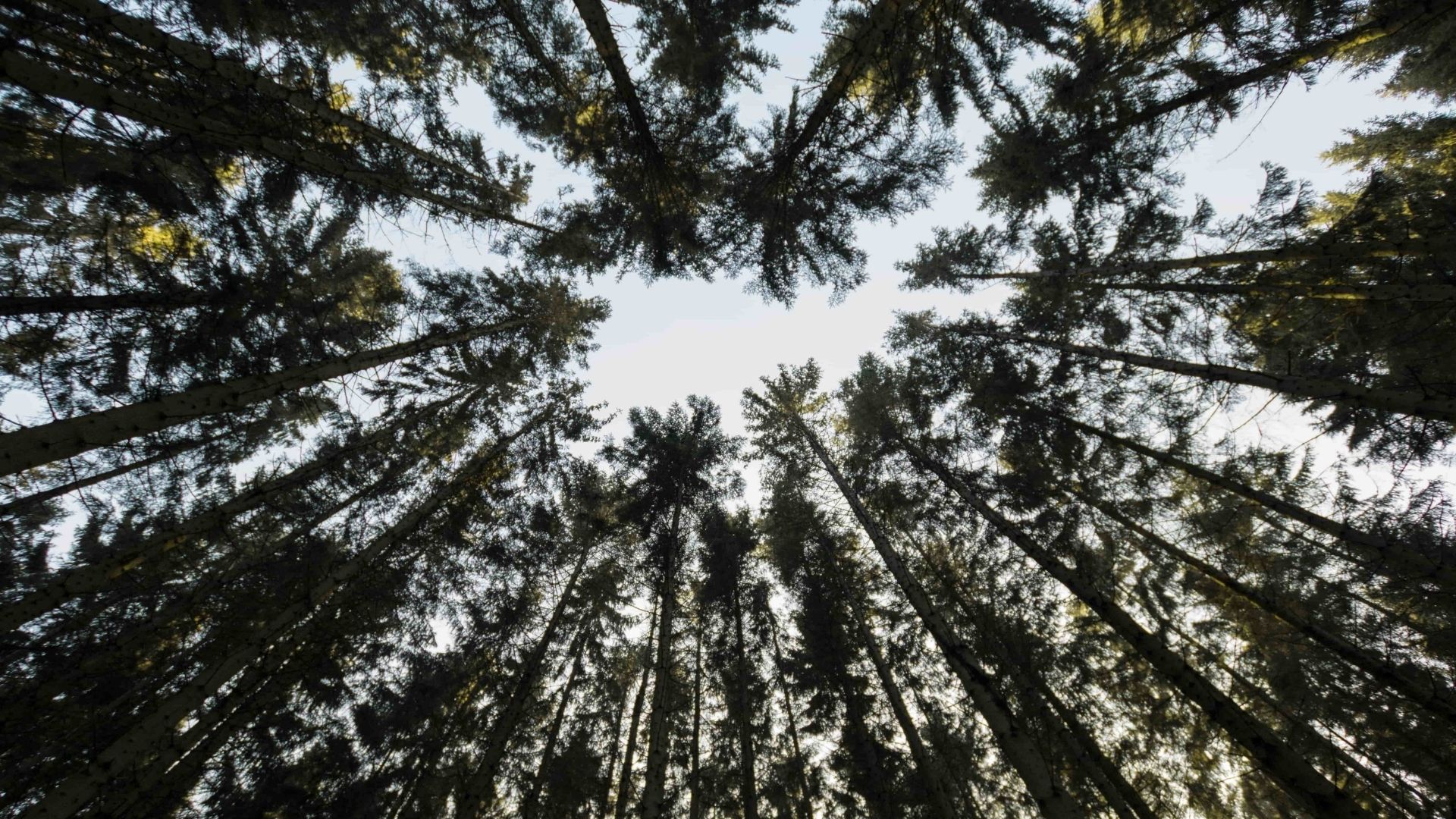
Forests once covered approximately 57% of the earth’s land area. Due to expansion of agriculture and other development to support a growing human population, forests now cover only 31% of earth’s surface with many of these remaining forests degraded to varying degrees. Therefore, maintaining and enhancing natural forest cover across the planet is of paramount importance to protect much of the world’s biodiversity (including the trees themselves), provide vital ecosystem services, and for helping to stabilize the world’s climate.
The Main Story…
CBI scientists have been working to support forest conservation throughout North America for decades. But the main story in this month’s newsletter pertains to the recent contributions from two of our CBI Associates. The first comes from long-time CBI Associate Dr. Dominick DellaSala who, along with colleagues, published the first ever mature and old-growth forest map of the conterminous U.S. and emphasize the importance of protecting the remaining old and mature forests to meet national policy goals pertaining to the Paris Climate Agreement and 30 x 30 conservation targets in peer reviewed journal articles.
The second comes from CBI Associate Dr. Bev Law who co-authored a new publication on the importance of protecting large trees for achieving climate change, biodiversity, and forest resilience goals. The paper provides evidence and argues for maintaining old forest protections on National Forest lands wherever possible as they are vital for aligning policy goals pertaining to biodiversity conservation and recovery with climate change mitigation and adaptation.
In the News
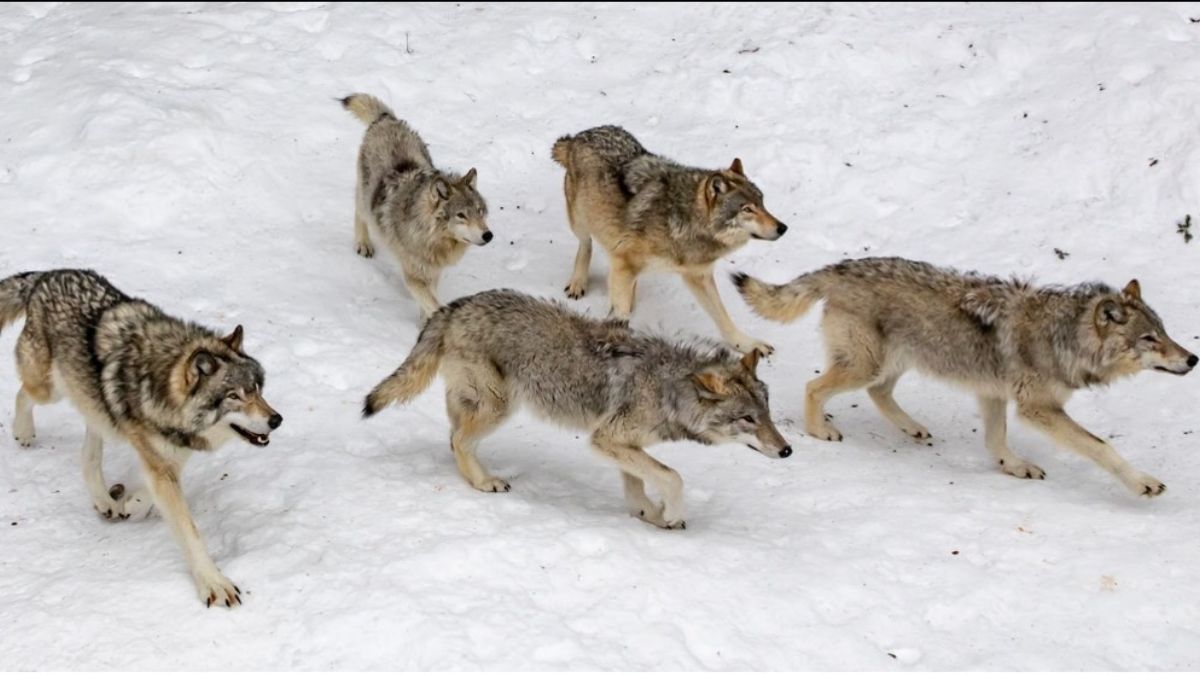
While working for the Wildlands Project in the mid-1990s, the call for a continental initiative to connect the remaining natural lands to protect biodiversity and combat climate change was deemed a ridiculous, unrealistic notion by some and a communist plot by others. Since then, numerous conservation organizations have worked tirelessly to promote the importance of landscape linkages and wildlife corridors. On March 21, 2023, the White House issued a memorandum for all heads of federal departments and agencies to promote greater connectivity across terrestrial, marine, and freshwater habitats across the nation. Hopefully this new federal commitment will accelerate connectivity projects across the country.